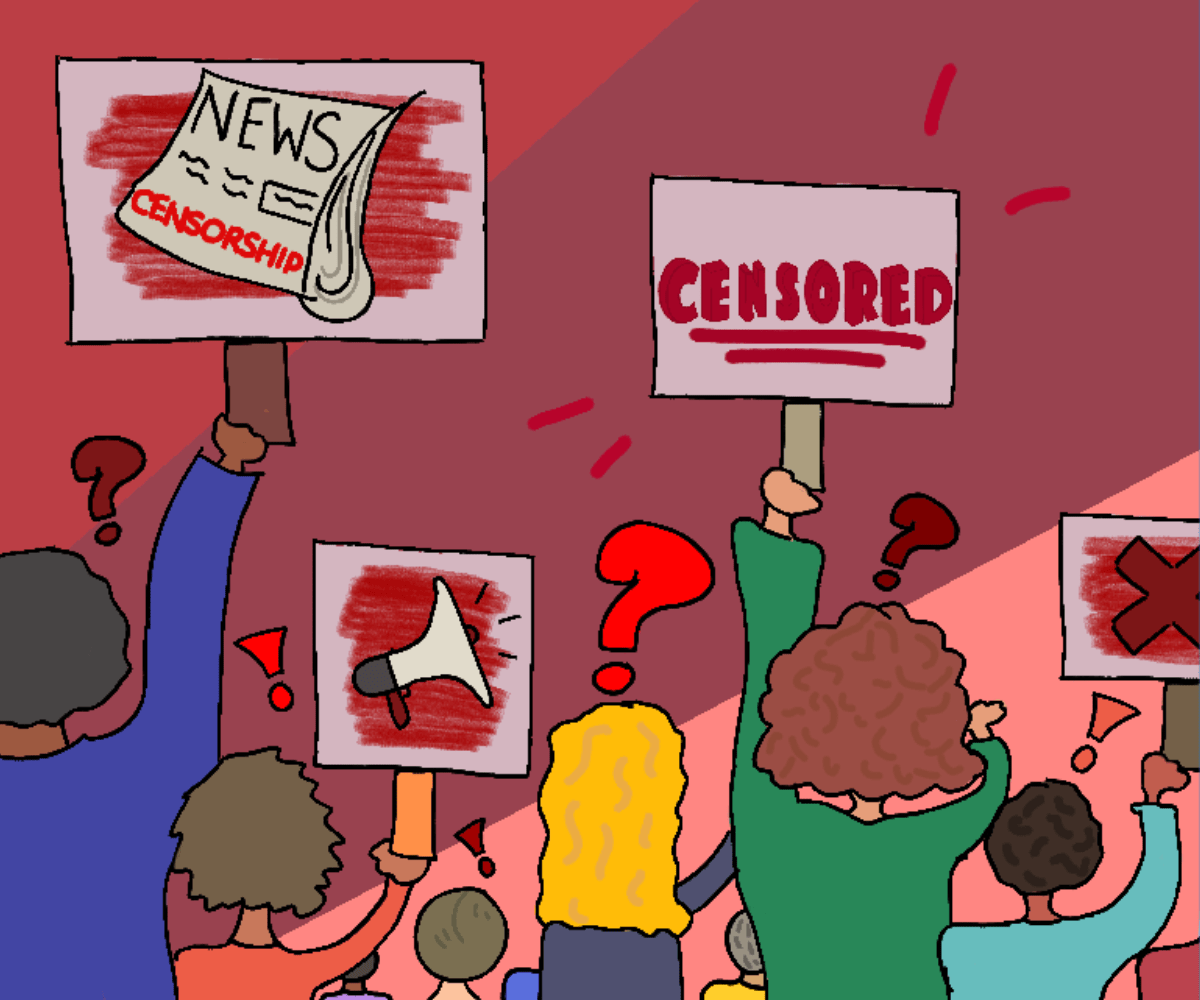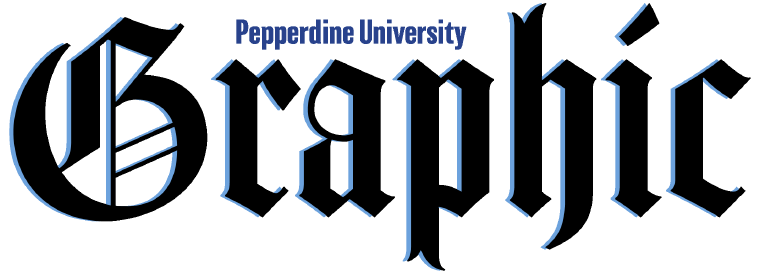

Editor’s Note: PGM staff members decide on the topic of a Staff Ed together. The staff as a whole provides opinions and content included in this Staff Ed to provide thoughts about and shed light on solutions for happenings at Pepperdine.
In the wake of a censorship controversy surrounding the Frederick R. Weisman Museum of Art, conversation around censorship has proliferated across campus. As student journalists, we understand the threat and consequences of censorship in society, most recently evident at fellow student newspaper the Indiana Daily Student (IDS).
Indiana University Bloomington (IUB) fired Jim Rodenbush, director of student media and adviser of the IDS, after Rodenbush refused the school’s orders to stop printing news coverage in their newspaper, according to the IDS. IUB then fully cut IDS’ Oct. 14 print, according to IDS’ Instagram.
Censorship is any suppression of expression, and what happened to the IDS is a textbook example. At IUB, the dean of the Media School enacted prior restraint — a form of censorship that takes place before publication — by defying the student newspaper’s editorial independence and telling students what they could and could not print.
As student journalists at Pepperdine, we’re troubled when we see censorship applied by any university administration to a student newspaper.
The Graphic is an independent publication, and does not allow Pepperdine administrators — nor any other party outside the newsroom — to proofread stories nor otherwise control what is published. The only proofreading the Graphic allows is for sources to verify their own quotes for accuracy, but never for preference on inclusion.
Furthermore, while Pepperdine is a private university, California has the Leonard Law, which grants students at private universities First Amendment rights, including freedom of the press, according to California Legislative Information.
As journalists, we would not be doing our job if we allowed for our work to be censored. The Society of Professional Journalists (SPJ) lists “seek truth and report it” and “act independently” among their code of ethics, according to their website. All Graphic staff members are required to read through this code of ethics and agree to uphold them.
Censorship directly goes against what it means to be a journalist. We cannot commit to ourselves to being public servants if we allow anyone outside the newsroom to control what we publish. If we did, then we would not be acting in accordance with the SPJ code of ethics nor could we say for certain we are providing the public with unbiased and accurate information. Instead, we would become a tool for someone else to use to push out information they want published and withhold information they want hidden away from the public.
Furthermore, the “chilling effect” is a phenomenon where individuals choose to censor themselves for fear of repercussion or harm. As student journalists, we commit to reporting the truth — even when it surrounds contentious topics — without fear of repercussions.
Censorship of journalism hurts everybody. If journalists are unable to commit to providing accurate and unbiased information, then that means the public isn’t being provided with the information they need. Thus, everyone is left to make decisions on incomplete stories and information.
The First Amendment is a gift not every country has. Countries that don’t have it are allowed to shut down newspapers that are too critical of the government, according to CPJ. For the average citizen, the right to free speech allows people to not live in fear for simply voice ones beliefs. We at the Graphic are grateful we get to provide accurate and unbiased information and are committed to exercising our First Amendment rights.
___________________
Follow the Graphic on X: @PeppGraphic
Email Pepperdine Graphic: peppgraphicmedia@gmail.com

